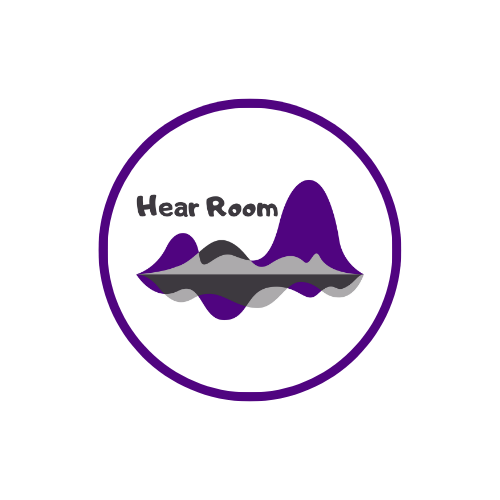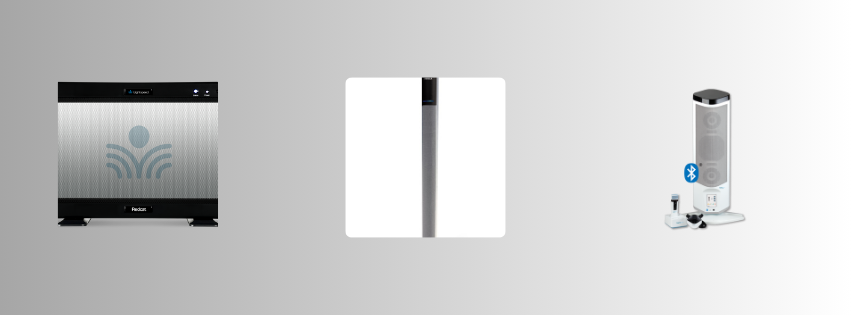Benefits of Sound Field System for Improved Learning
Enhance the learning environment in your classroom by installing a sound field system. Discover the benefits and step-by-step process of setting up this innovative technology.
Understanding the Sound Field System
The sound field system, also known as a classroom audio distribution system (CADS), is an innovative technology designed to enhance the learning experience in classrooms. It consists of a microphone worn by the teacher and strategically placed speakers throughout the room. The system amplifies the teacher's voice, making it easier for students to hear and understand the lesson.
By evenly distributing sound throughout the classroom, the sound field system creates an optimal listening environment for all students, regardless of their seating position. This helps to eliminate the negative effects of poor acoustics, background noise, and distance from the teacher.
The sound field system also benefits students with hearing impairments or auditory processing difficulties, as it provides a clear and consistent sound signal. Additionally, research has shown that using a sound field system can improve students' attention, engagement, and academic performance.
Overall, understanding the sound field system and its capabilities is crucial for educators who want to create an inclusive and conducive learning environment.
Benefits of Installing a Sound Field System
Installing a sound field system in your classroom offers numerous benefits for both teachers and students. Some of the key benefits include:
- Improved speech intelligibility: The sound field system amplifies the teacher's voice, ensuring that every student can hear and understand the lesson clearly.
- Enhanced student engagement: With improved sound quality, students are more likely to stay engaged and actively participate in class activities.
- Reduced teacher vocal strain: By reducing the need to raise their voice, teachers can avoid vocal strain and maintain vocal health.
- Equal learning opportunities: The sound field system ensures that all students, regardless of their seating position, have equal access to the teacher's instruction.
- Improved academic performance: Research has shown that using a sound field system can lead to improved academic performance, as students are better able to comprehend and retain information.
These benefits highlight the importance of installing a sound field system in classrooms to create an inclusive and effective learning environment.
Choosing the Right Sound Field System for Your Classroom
When selecting a sound field system for your classroom, it's important to consider the following factors:
- Room size and layout: Assess the size and layout of your classroom to determine the number of speakers and their optimal placement.
- Sound quality: Look for a system that provides clear and balanced sound amplification without distortion or feedback.
- Microphone options: Consider the different microphone types available, such as a lapel microphone or a handheld microphone, and choose one that suits your teaching style and preferences.
- Wireless connectivity: Opt for a system that offers wireless connectivity options, allowing you to connect additional audio devices or stream content.
- User-friendly controls: Ensure that the system has intuitive controls that are easy to use and adjust during class.
By carefully considering these factors, you can choose the right sound field system that meets your classroom's specific needs.
Step-by-Step Installation Guide
Follow these step-by-step instructions to install a sound field system in your classroom:
1. Assess the classroom: Determine the optimal placement of speakers based on the room's size, layout, and acoustics.
2. Install the speakers: Mount the speakers on the walls or ceiling at strategic locations to ensure even sound distribution.
3. Set up the microphone: Connect the microphone to the sound field system's transmitter and adjust the settings as needed.
4. Test the system: Turn on the system and test the sound quality and volume levels in various areas of the classroom.
5. Fine-tune the settings: Make any necessary adjustments to the system's settings to achieve optimal sound amplification.
6. Educate students: Explain to students how the sound field system works and encourage them to provide feedback on the sound quality.
By following these steps, you can successfully install a sound field system and create an optimal learning environment for your students.
Maintenance and Troubleshooting Tips
To ensure the optimal performance of your sound field system, follow these maintenance and troubleshooting tips:
- Regularly clean the microphone and speakers to remove dust and debris that can affect sound quality.
- Check the battery life of the microphone and replace batteries as needed to avoid interruptions during class.
- Test the system before each class to ensure all components are functioning properly.
- If you encounter any issues with the system, refer to the manufacturer's troubleshooting guide or contact technical support for assistance.
- Stay informed about software updates or firmware upgrades for your sound field system and install them as recommended by the manufacturer.
By following these maintenance and troubleshooting tips, you can ensure that your sound field system operates smoothly and consistently.
.png?width=3125&height=3125&name=Logo%20Circle%20(3000).png)


